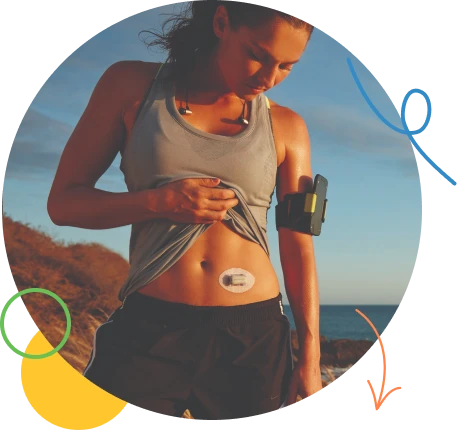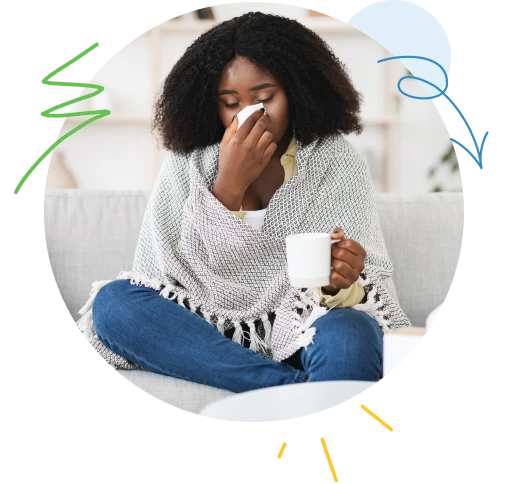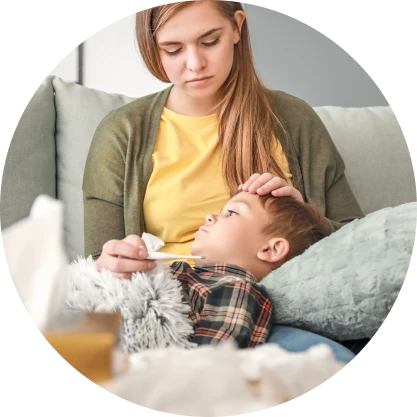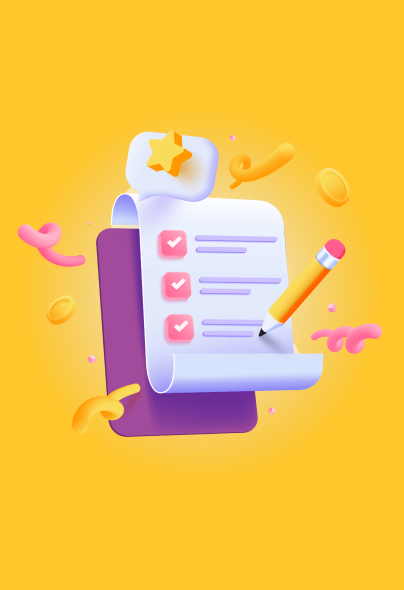The NDSS is administered by Diabetes Australia
- /
- Managing hyperglycaemia
There’ll be times when your blood glucose level isn’t what you expected. Let’s find out what it means when your blood glucose is too high, what to look for and what to do.
If your blood glucose level is above your target range, it’s called hyperglycaemia.
The common reasons you might develop hyperglycaemia are:

If your blood glucose level continues to rise, you may notice some or all these symptoms:
You may remember these symptoms from the time before you were diagnosed with type 1 diabetes.
Hyperglycaemia can become serious. If left untreated, the liver starts to break down fat for fuel, causing a build up of acid in the blood called ketones.
This is called diabetic ketoacidosis or DKA. The symptoms to watch for are:
Your diabetes health professionals will ask you to check for ketones any time your blood glucose level is 15 mmol/L or higher.
If the ketones in your bloodstream are more than 1.5 mmol/L (or moderate to large in your urine) you can have DKA. DKA is a medical emergency, and you need urgent medical care.

If your blood glucose level is high for a short time, you know the reason and you’re feeling well, treatment may not be necessary. Continue to check your blood glucose level. If you’re using continuous glucose monitoring (CGM), you can set an alarm to alert you to when the glucose is above your target. This can help you track how you’re going.
Let’s find out what you can do to reduce your risk of hyperglycaemia
Read our CGM and Finger prick blood glucose check fact sheets.
Determine the cause
It may be just a reaction to what you’ve been doing, what you’ve eaten, or how you’re feeling. If your blood glucose levels continue to stay above your target, you may need extra insulin. This is called a ‘correction’ dose.
Ask for help
Ask your doctor or diabetes nurse practitioner about how and when to use insulin correction doses and ask them to give you a written sick day action plan.
Let a friend or family member know that you are unwell
Tell them about your sick day action plan in case you need help. If possible, have someone stay with you or check on you frequently.
Using insulin that is out of date or has been accidentally frozen
Eating too many carbs, unhealthy fats or sweet foods or drinks
Feeling super excited
Faulty equipment, if you are using CGM recheck with a blood glucose meter to confirm hyperglycaemia.
When this happens your body releases stress hormones, which increases the amount of glucose the liver releases into the bloodstream. In most situations, having a sick day action plan can help you manage a sick day. Checking blood glucose levels and ketones, drinking fluids such as water, following your sick day action plan and getting support from your diabetes health professionals can reduce the risk of getting DKA.

When to check blood glucose levels and ketones
What to do with your insulin dose
What to eat and drink to keep hydrated and your blood glucose level from dropping too low
What medication to take to treat the illness
When to seek help
Always check for ketones if:
Your diabetes health professional will help you decide the best way for you to check for:
Drinking water will help reduce the risk of dehydration. Continue to check your blood glucose levels and ketones every 2-4 hours. If the ketones in your bloodstream are more than 1.5 mmol/L (or moderate to high in your urine) follow your sick day action plan. Start straight away to avoid emergency problems like DKA. DKA is best treated with fluids and insulin, usually in hospital.

Your glucose level isn’t improving or the ketones in your blood or urine is increasing
You’re getting drowsy and confused, have signs of dehydration such as a headache, or have severe tummy pain or difficulty breathing
You’ve been vomiting more than 2 hours or can’t drink any fluids
The symptoms of your illness aren’t improving such as a high temperature or headache
This information is intended as a guide only. It should not replace individual medical advice. If you have any concerns about your health, or further questions, you should contact your health professional.


Time is Up!

Time's up
Last updated May 2025